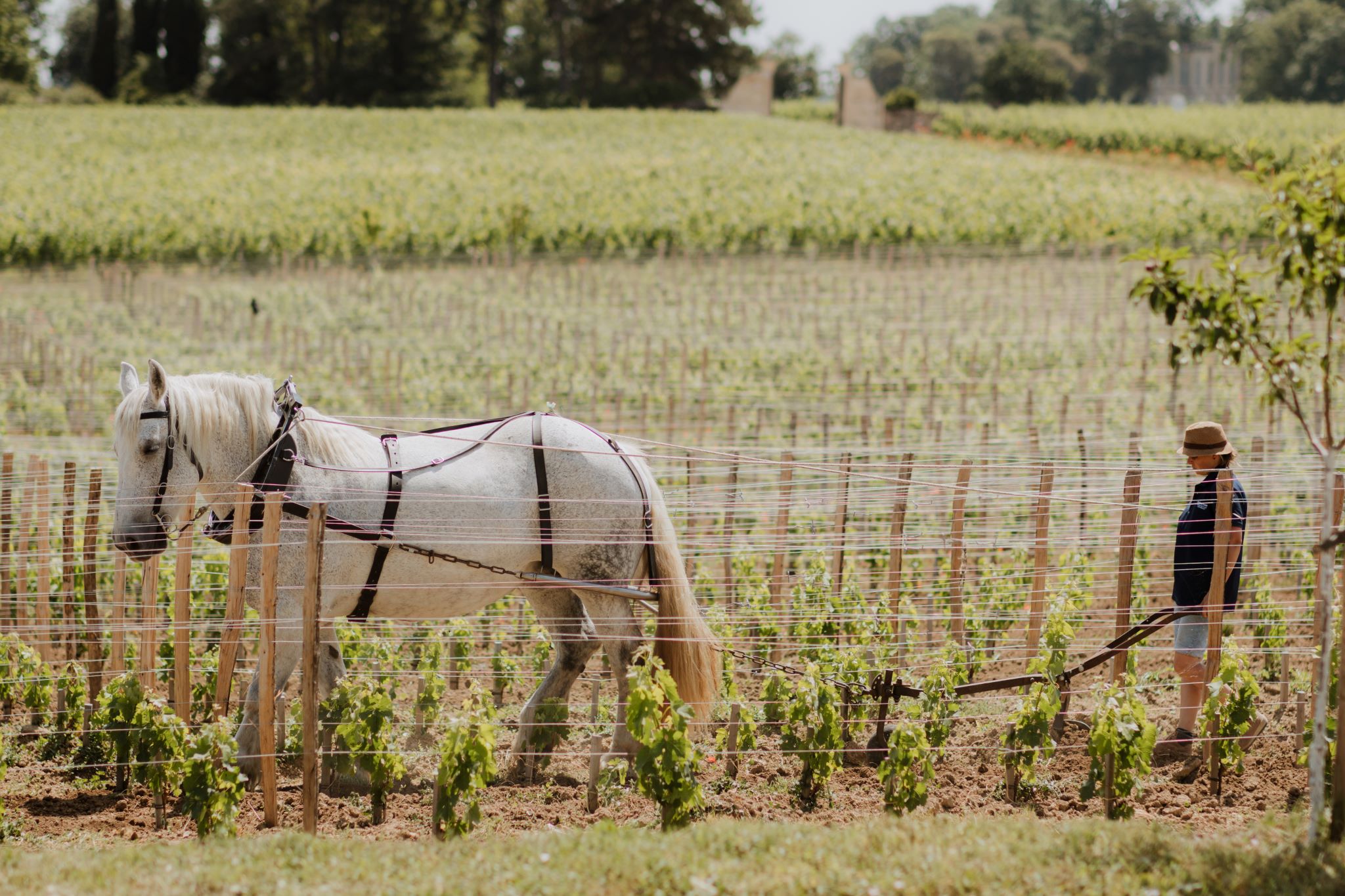
As early as 1884, local producers established the first syndicat viticole (winegrowers association) in France. This was just one of many steps taken in Saint-Émilion over the years to enhance the production, promotion, and sale of the town's world-class wines.
The Syndicat Viticole created two appellations: Saint-Émilion and Saint-Émilion Grand Cru. They also instituted a classification enabling wines in the Saint-Émilion Grand Cru appellation to attain status as :
This classification adopted and instituted in 1955 by the Union of Wine of Saint-Émilion (which became in 2007 the Wine Council of Saint-Émilion) is re-examined every 10 years and encourages winegrowers to come up to excellence. Its main objective is to guarantee the origin, the quality and authenticity of Saint-Émilion wines.
A wine commission has to oversee the whole ranking procedure. The National Committee of Wines and Brandies designates this commission. It’s composed of 7 people working in the wine-area, outside of the Bordeaux region.
Here are some criteria that are rigorously examined by the commission :
The latest classification drawn up by the INAO (Institut National de l'Origine et de la Qualité) and the Ministry of Agriculture dates back to 2022 and consecrated 85 properties, including 2 Premiers Grands Crus Classés A, 12 Premiers Grands Crus Classés and 71 Grands Crus Classés.
Discover the list of classified properties
In 2012, the tasting has been an important part of the final wine ranking.
Careful : Alcohol abuse is dangerous for the health. Please drink responsibly.
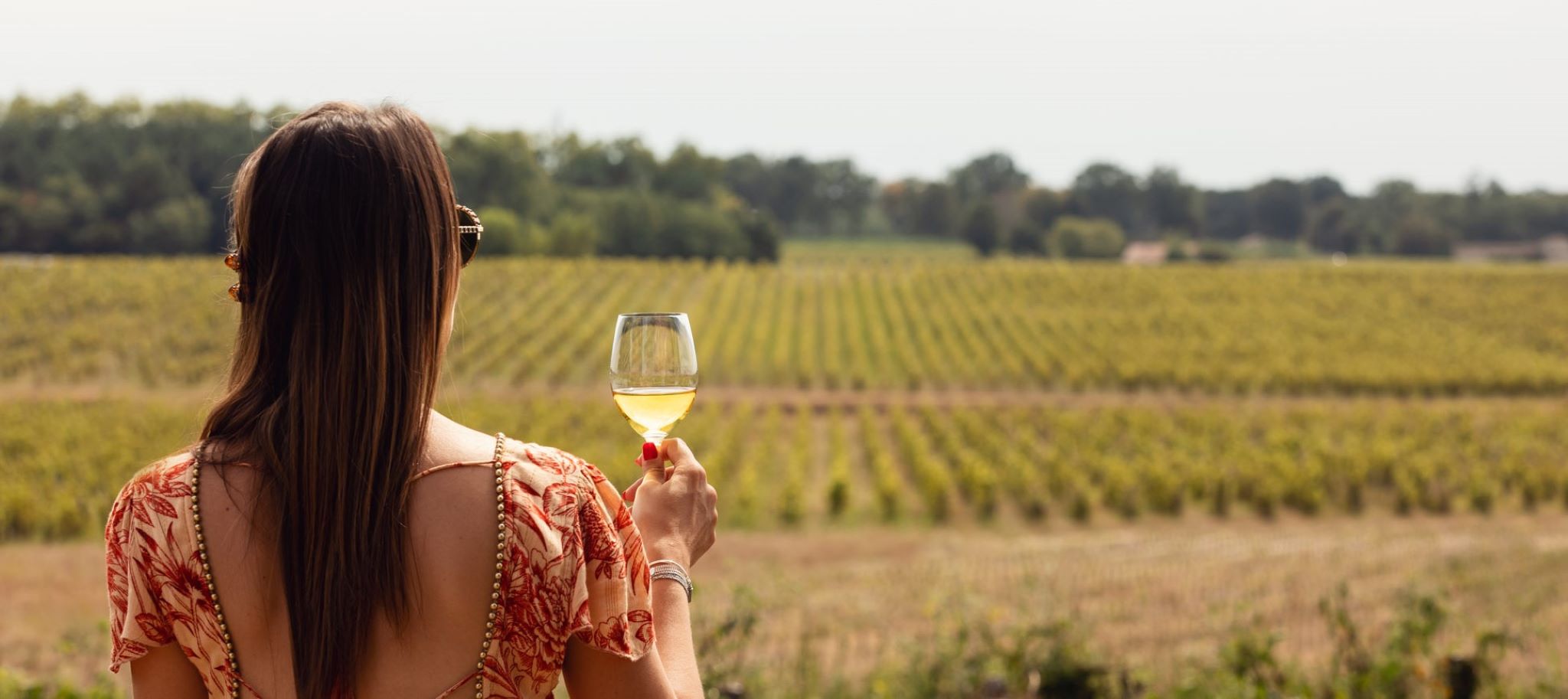
Launched in 2009 at the instigation of the Conseil Supérieur de l'Oenotourisme, the Vignobles & Découvertes national label aims to provide greater clarity for customers and greater visibility for the destination.
It is based on existing national and local quality schemes. It is awarded by decision of the Conseil Supérieur de l'Oenotourisme for a period of three years. It is awarded to a wine destination and its tourism components (accommodation, restaurants, visits to wine châteaux, site visits, etc.).
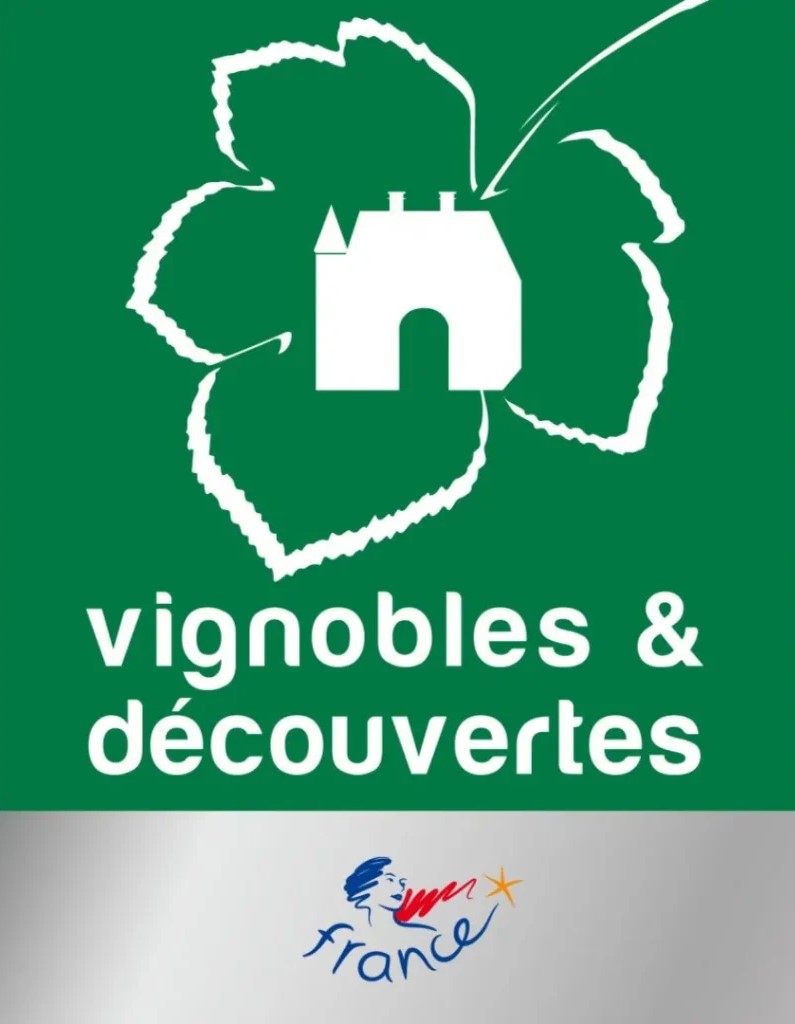
The idea is to offer a complete range of wine tourism services to individuals or groups, with the emphasis on quality.
The Bordeaux wine region is made up of 6 areas that have been awarded the Vignobles et Découvertes label:
This label, set up in 2003 by the Bordeaux Chamber of Commerce and Industry, rewards wine estates and businesses promoting wine tourism in the Nouvelle-Aquitaine region in 7 categories. Each property can compete in one or two categories maximum. :
A Golden Best Of is awarded in each category, and winners are also elected and rewarded.
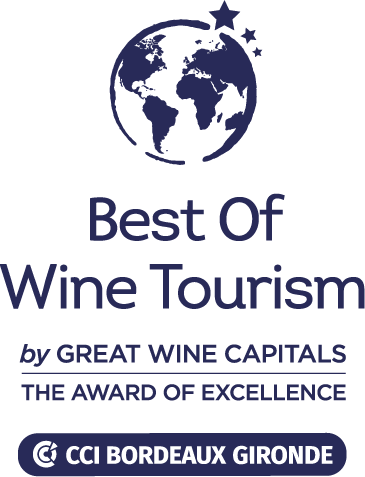
Each year, a prize-giving ceremony is organised to reward the new winners. The national winners are then selected for the international Best of Wine Tourism awards. This award allows the wineries to display their trophy and a welcome leaflet at the entrance to their establishment to show visitors that the quality of their wine tourism services has been recognised and rewarded.
What's more, the competition gives participants a high profile among tourism professionals, with national and international media coverage, and among the general public thanks to widespread distribution via social networks (Facebook, Instagram, Twitter).
Lastly, more than ten thousand copies of a mini-guide listing the competition winners are published each year and can also be downloaded online.
The Bordeaux Chamber of Commerce and Industry has also set up the "Great Wine Capitals Travel Network", enabling the 9 capitals of great vineyards to work closely together and facilitate exchanges between these "capitals".
These capitals are :
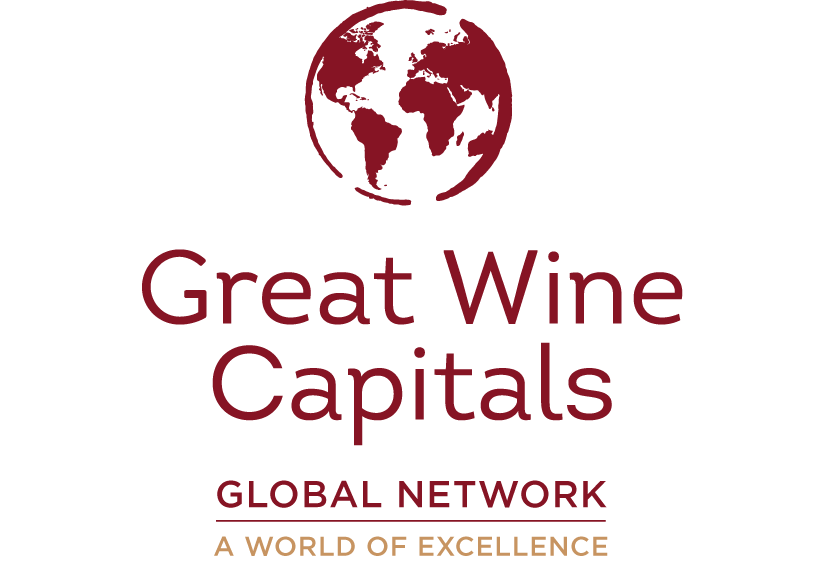
Accueil Vélo is a national label guaranteeing a high-quality welcome and services along cycle routes for touring cyclists.
Accueil Vélo means that cyclists are guaranteed an establishment:
The national "Accueil Vélo" label has been set up under the aegis of France Vélo Tourisme by local tourist organisations to provide the best possible welcome for cyclists throughout France.
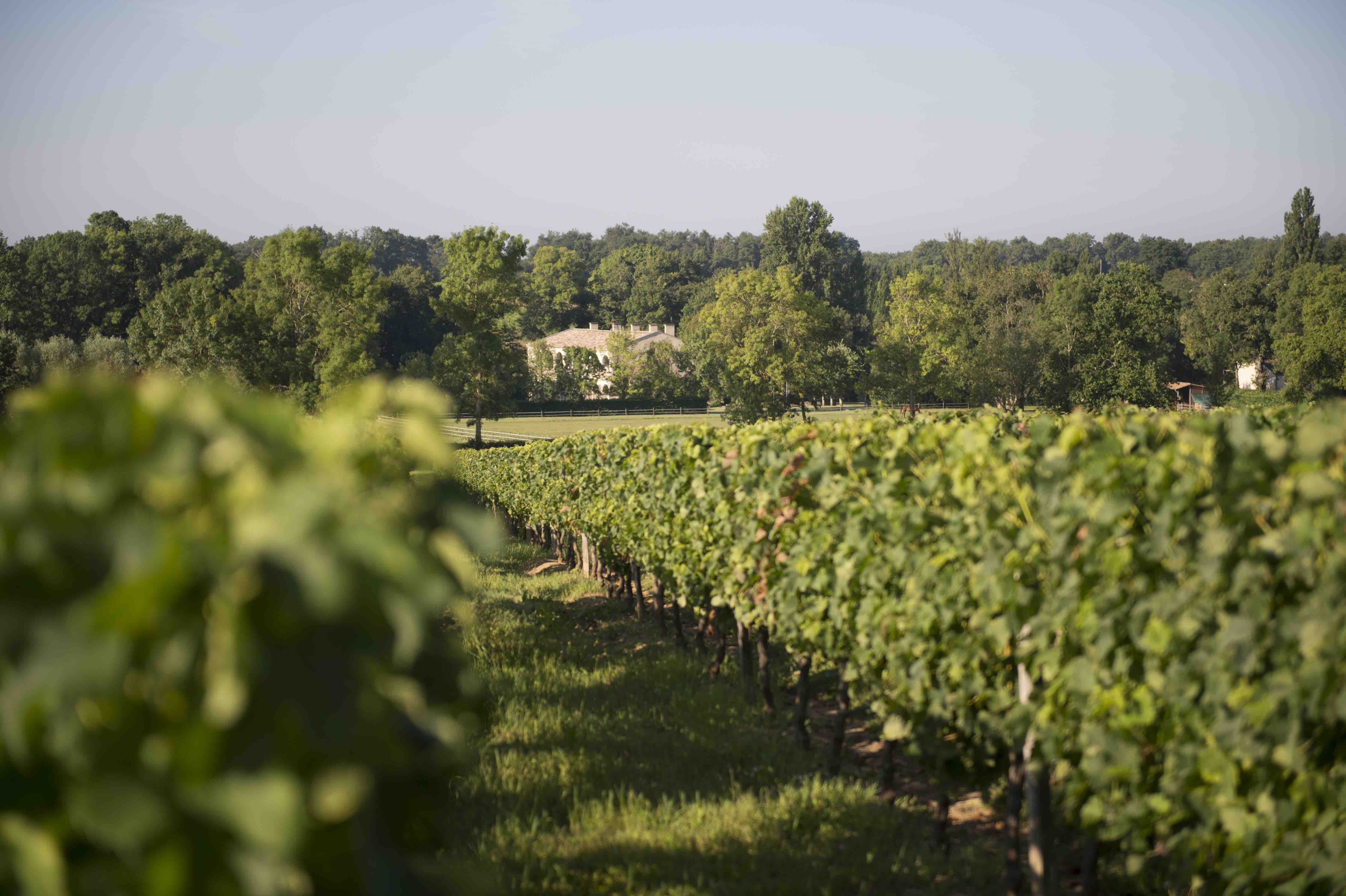
The winegrowers of Puisseguin Lussac Saint-Emilion came together at the dawn of the Second World War, in 1938, in order to pool their tools, their strengths and their investments to enhance the quality of their terroirs.
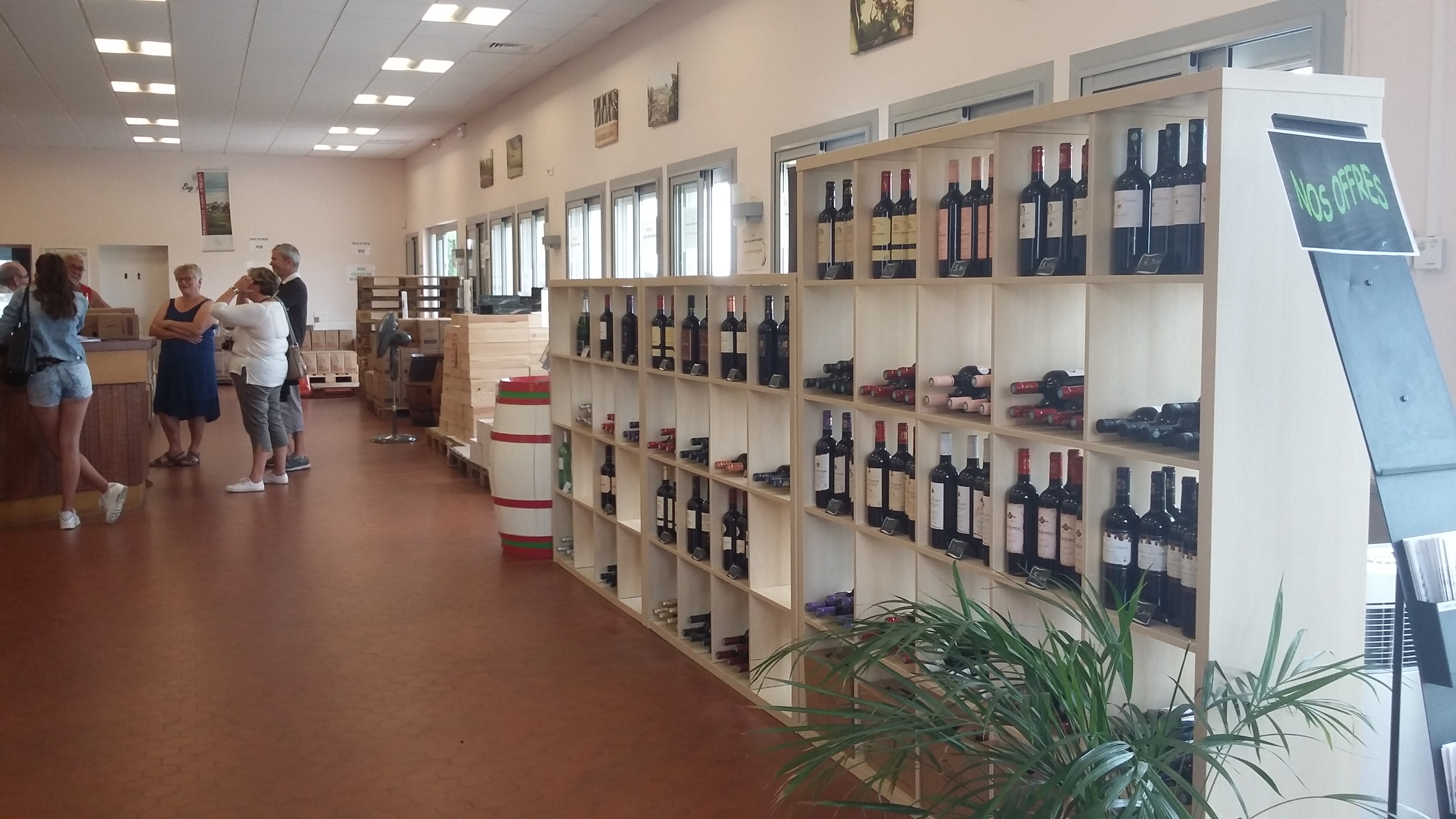
This is how the cooperative winery, located in Puisseguin, was born. Its winegrowers produce wines from some of the most beautiful Bordeaux appellations: Puisseguin Saint-Emilion, Lussac Saint-Emilion, Montagne Saint-Emilion, Côtes de Bordeaux, Bordeaux Supérieur, Bordeaux and recently the IGP Atlantique.
Lussac is located opposite the Saint-Emilion plateau. The appellation covers some 1,500 hectares. The vineyard seems to date back to the Gallo-Roman period. A trilogy of landscapes characterises this AOC: hillside, plateau and lower slopes. The plateau is made up of Perigord sands, which produce pleasant young wines, and the hillside is made up of clay-limestone, where wines with longer ageing potential are produced. These are powerful but elegant wines, which have a good aptitude for ageing.
Puisseguin is located opposite the Saint-Emilion plateau. The appellation covers approximately 760 hectares. Its name comes from the combination of the word "Puy" which means "mount" and the name Seguin, Charlemagne's lieutenant. These are fleshy, tannic wines with good ageing potential.
You can find wines from these appellations in the shop of the Vignerons de Puisseguin Lussac Saint-Emilion!
The Saint-Emilion Wine Council brings together 970 winegrowers for the 4 appellations: Puisseguin Saint-Emilion, Lussac Saint-Emilion, Saint-Emilion and Saint-Emilion Grand Cru.
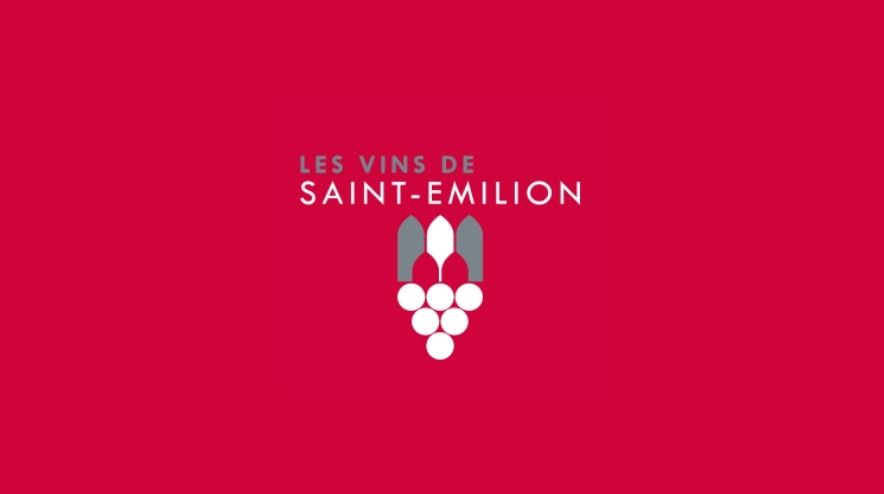
It was the first wine syndicate created in France in 1884 and paved the way for many estates: it was here that the first cooperative winery in the Gironde was born, and the control of wines through tasting.
Today, the aim of the Saint-Emilion Wine Council is to :
The Côtes de Francs appellation was recognised as an AOC by the INAO in 1967. It has been called Francs Côtes de Bordeaux since 2008.
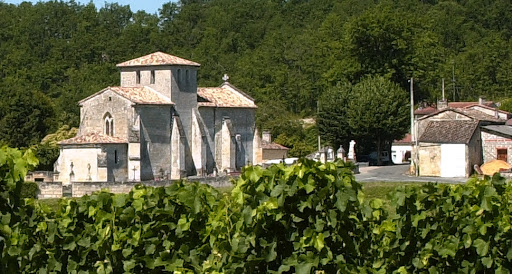
Situated about fifty kilometres north-east of Bordeaux, it is one of the smallest and most easterly of the department covering 525 hectares spread over 3 communes: Francs, Saint Cibard and Tayac. It is made up of 41 properties and 3 cooperative cellars.
Its terroir is made up in the south of limestone with asteries covered with limestone molasses known as "de l'agenais" and in the rest of the appellation of limestone molasses known as "du fronsadais".
The vineyard is planted with various grape varieties. For the red wines, Merlot is in the majority, as in the whole of Libourne, and presents between 50 and 60%. Next come Cabernet Franc and Cabernet Sauvignon, representing about 40 to 50%. As far as white wines are concerned, Semillon dominates with 60%, while Muscadelle and Sauvignon complete the range of grape varieties equally.
The annual production is on average :
Located 15 minutes from Saint-Emilion in Libourne region, Lalande de Pomerol has 157 winegrowers on a surface of 1138 hectares. The areas are mainly homesteads, happy to share their knowledge and the love of their beautiful land.
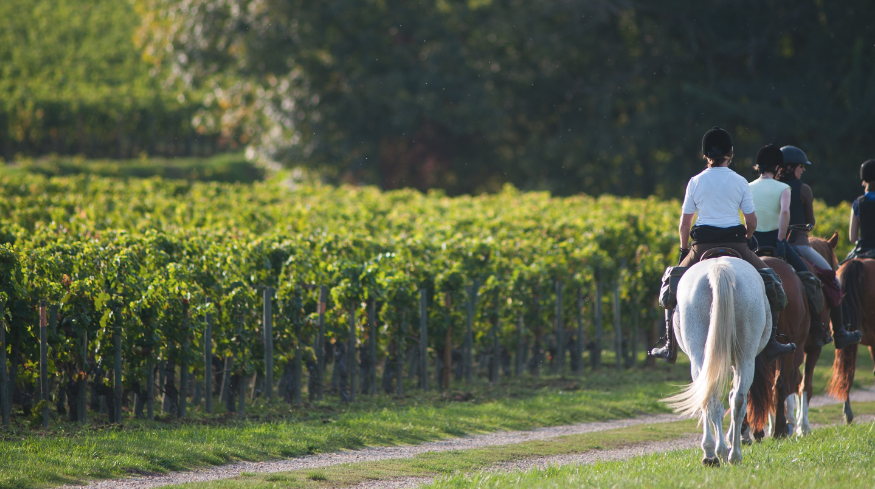
Discover the diversity of our wines: the Lalande Pomerol wine syndicate is opened Monday to Friday from 2:00pm to 5:00pm.
With an altitude difference of more than 100 metres, 3 main types of soil make Castillon an exceptional land. Gravelly near the river Dordogne, the clayey soils at the foot of the hillsides become clayey-limestone then limestone on the plateaux.
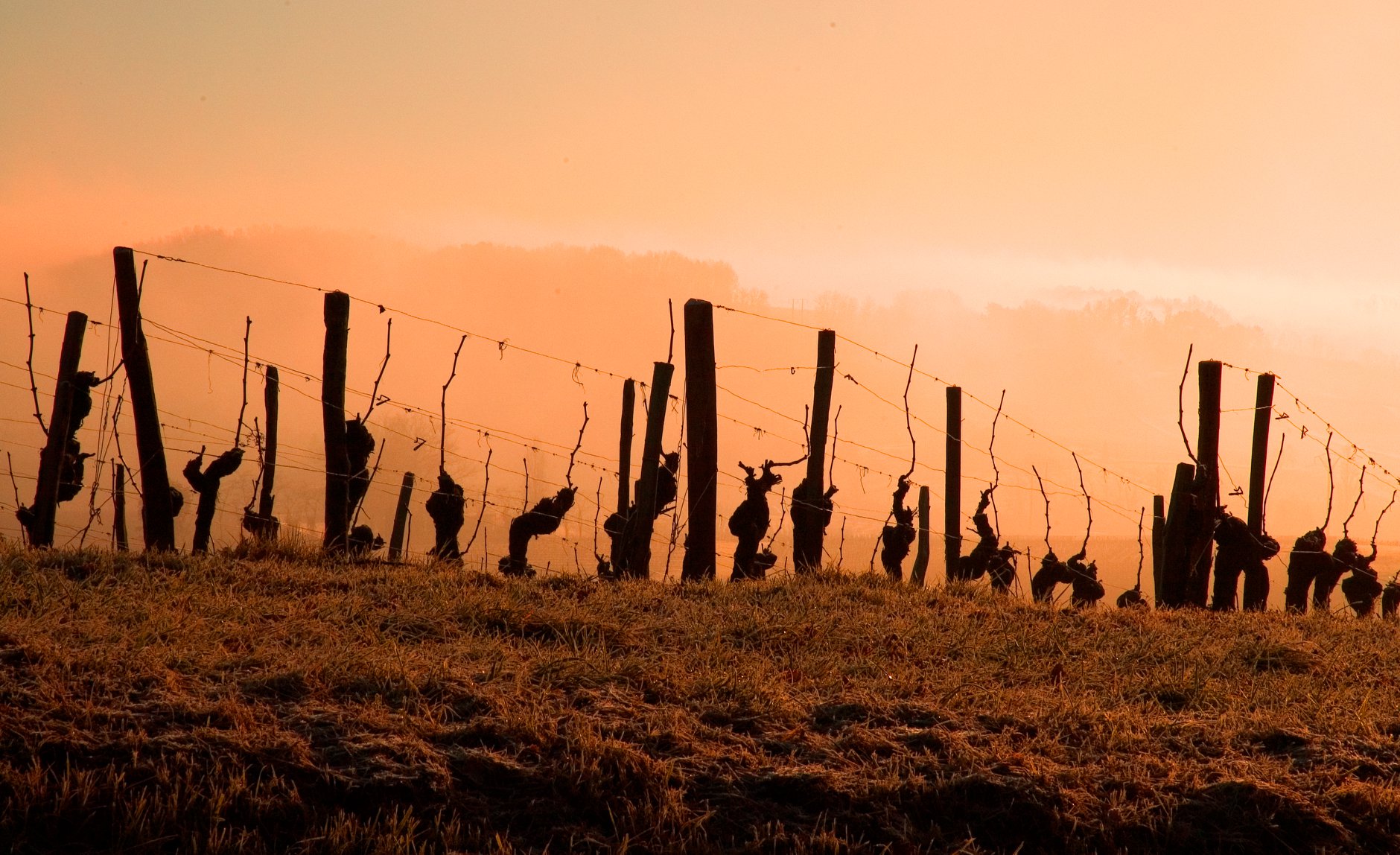
230 families of passionate, committed, forward-looking winegrowers and as many personalities to discover. Intimate properties averaging 10 hectares in size offering a privileged contact with the winegrower.
A rich appellation that inspires new vocations:
The appellation, which has a large number of winegrowers committed to an environmental approach, 25% of whom are involved in bio/biodynamics, has always been a forerunner in the protection of nature (1st Bordeaux appellation to set up a wine effluent treatment plant in 2002).
The winegrowers of Castillon Côtes de Bordeaux have always preserved biodiversity by respecting the natural balance between wooded areas and plots of vines.
Find the wines of the appellation at the Maison du Vin located in Castillon-la-Bataille.